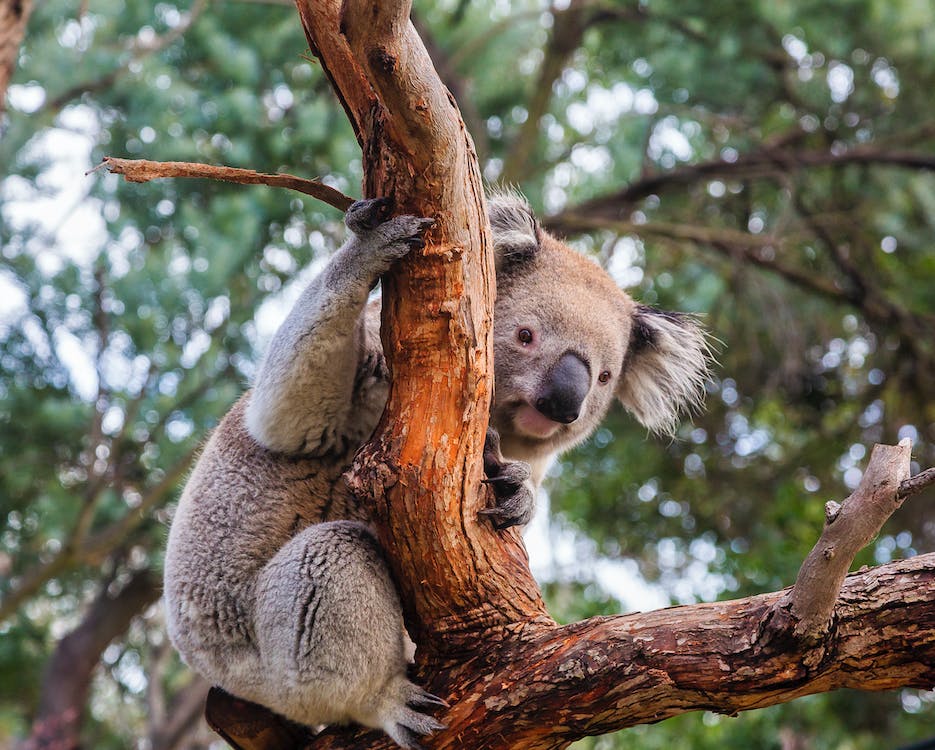The announcement comes after weeks of pressure from communities which accused the state government of stalling on its promise to establish the national parkland.
NSW Environment Minister Penny Sharpe said that logging operations were stopped on Friday and consultation for the next steps in developing the park would begin immediately.
“The last parliament found that we could be on track to seeing koalas in the wild extinct in New South Wales,” said Sharpe.
“I don’t believe there is anyone who wants to tell their grandchildren that we used to have koalas in New South Wales but no longer do.
“We’re going to do it carefully, to work carefully with industry, to work carefully with union representatives, to work very closely with communities that are affected.”
The government said the hubs contain 42% of the recorded koala sightings in state forests in the assessment area since 2000, an area which spans more than 8,400 hectares of forest within the proposed parkland.
The proposed Great Koala National Park spans 175,000 hectares of state forests, in addition to 135,000 hectares of existing National Parks.
Grahame Douglas, president of the National Parks Association New South Wales, said he was pleased with the decision to pause logging in the identified hubs, but expressed that there were a number of vital koala habitats still in need of protection.
“The koala hubs are a good start, but we need to go a bit further than that,” said Douglas.
Furthermore, he said that some critical habitats were not recognised as koala hubs simply because they had not been surveyed.
He spoke directly about Oakes State Forest, which lies within the proposed Great Koala National Park, but is not protected from further logging.
“Oakes State Forest is the single most significant part of the public forest estate for biodiversity. Oakes State Forest is a critical stronghold for the koala, greater glider, yellow-bellied glider, Rufous scrub-bird, glossy black cockatoo, parma wallaby, spotted-tailed quoll and ancient Gondwanan frogs, yet it still intended to be logged and mapped as ‘active’ by FCNSW,” he said.
“Waiting 15 months for studies to tell us what we already know is absolutely unacceptable.”
Koala populations in NSW have declined dramatically over the past two decades, falling by more than 50 percent since 2000 largely due to the effects of bushfires, drought, and deforestation.






